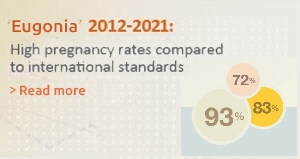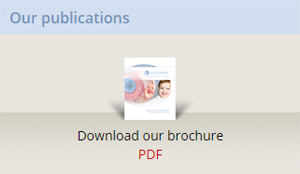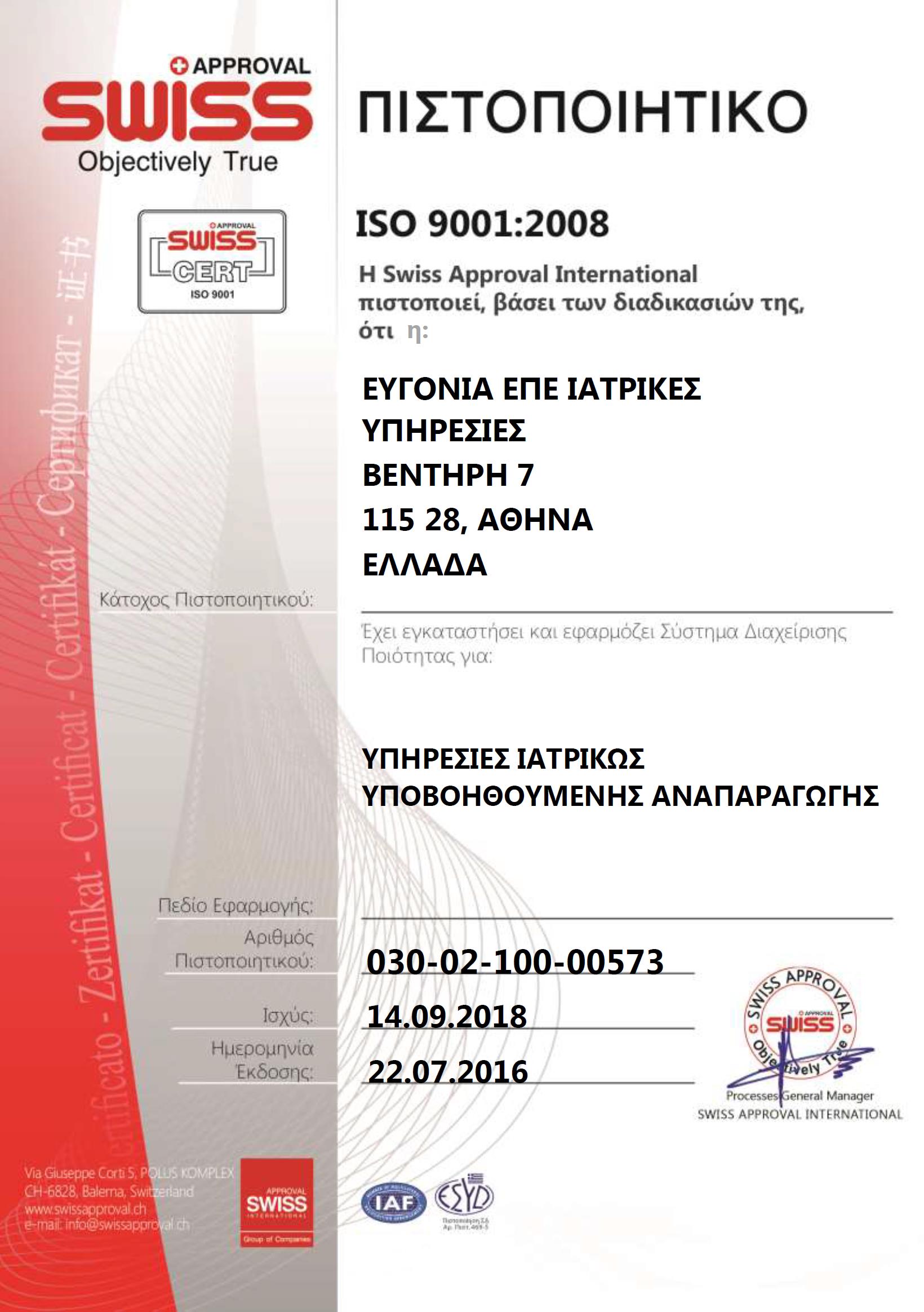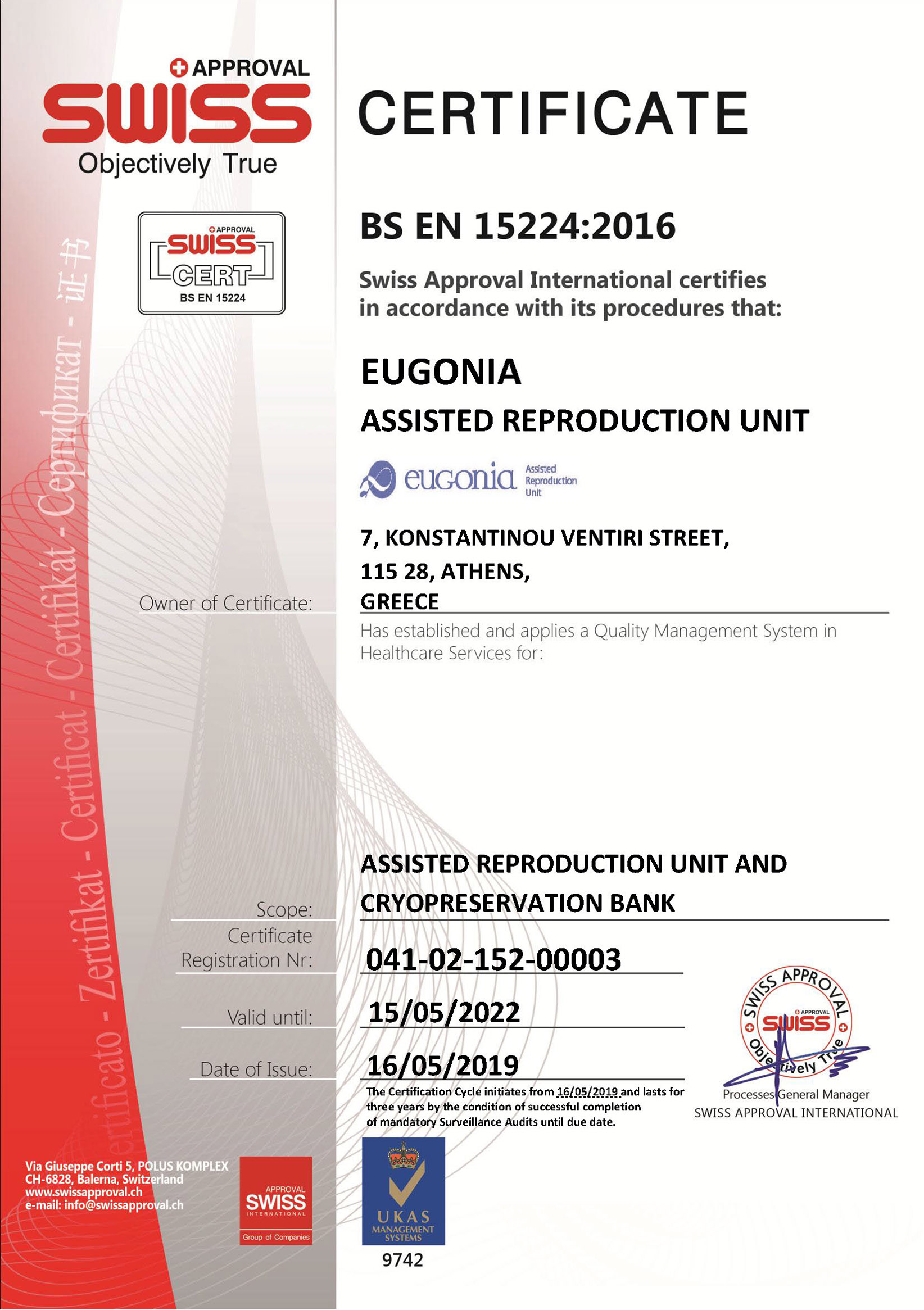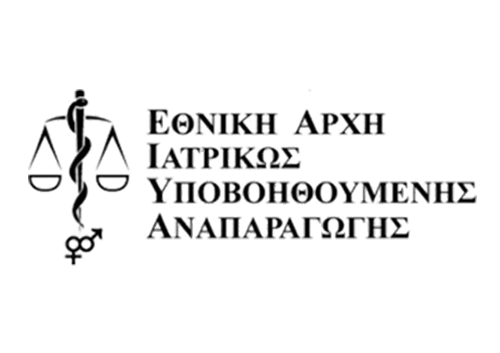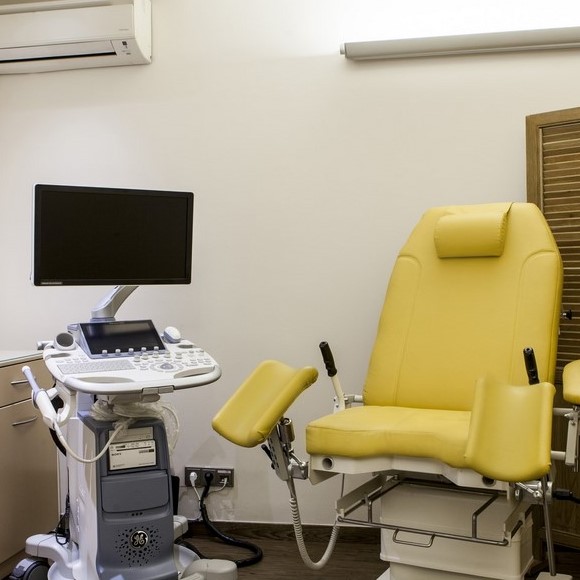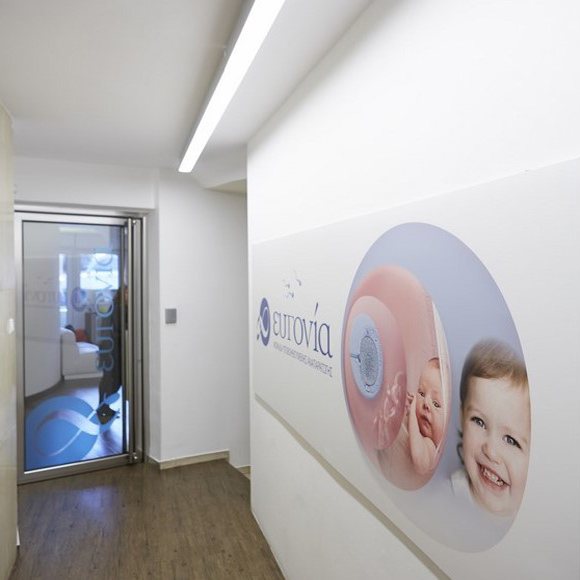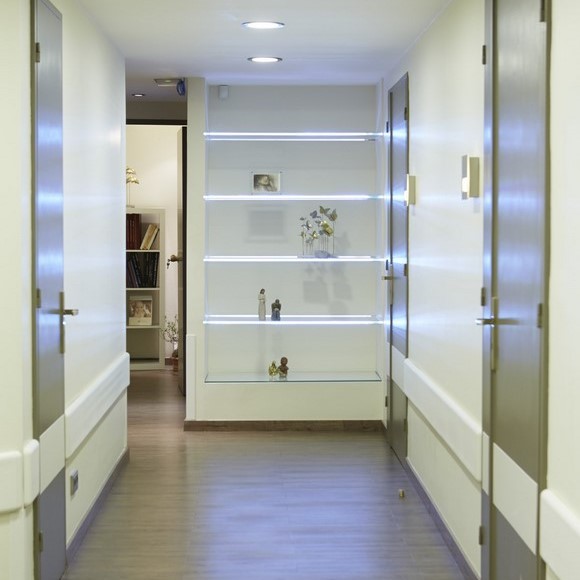Despite the developments in fertility diagnosis, a percentage of 25-30% remains unexplained. In specific studies (Guzick et al.), routine tests in fertile couples (semen analysis, luteal phase determination, hysterosalpingography) allowed at least one infertility factor to be identified in 2/3 of the couples. In addition, infertile couples had normal test results in 5 of 32 cases, while only 10 out of 32 fertile couples had normal test results. Consequently, a pathological result does not necessarily imply infertility.
There is little data on the percentage of natural conception in patients with unexplained infertility who have exhausted conventional treatments. It is noteworthy that 5.9% of couples in the UK achieved that while they were in a waiting list for IVF treatment.
But what does unexplained infertility mean? If all the infertility factors have been tested and nothing abnormal has been found, why is there no conception?
Sadly, in many cases there is no certain answer to seemingly simple questions such as:
Did ovulation occur?
Was the oocyte mature and of good quality?
Did fertilization occurred?
Did the fertilized egg cleaved?
Did the embryo reached the blastocyst stage?
Was the endometrium capable of receive the embryo?
Was the embryo and endometrial interaction appropriate for successful implantation?
These are some questions that reflect the complexity of the mechanisms and procedures used during fertilization and embryo development. It is obvious that the factors studied in the investigation of infertility (eg hormonal profile, sperm quality, etc.) are very limited and impossible to identify all possible cause of infertility. For these reasons, unexplained infertility is a cause of infertility in 25-30% of couples.
Mild / moderate endometriosis and unexplained infertility
A review of 22 studies and 2026 patients, showed (Taylor and Collins) that mild and moderate forms of endometriosis affects fertility. Therefore, the role of minimal and moderate endometriosis in infertility is essentially unexplained, whereas severe endometriosis refers to tubal-peritoneal factors. Patients with endometriosis and unexplained infertility have generally the same prognosis in IVF cycles.
Age and unexplained infertility
The chance of diagnosing unexplained infertility increases significantly while woman’s age is increasing. Infertility is mainly associated with low ovarian reserve and oocyte quality. Especially for women over 40, the probability of natural conception is low, and extremely rarely over 44, even in women who have normal ovulation cycles.





